Disclosure: This article contains affiliate links. We may earn a commission from purchases at no extra cost to you, which helps our travel content.
When my company sent me to Hong Kong for a week-long conference last fall, I knew the real business would happen after hours—around dinner tables and food stalls where connections are forged over shared meals. Meu Deus, what a delicious assignment! As someone who grew up straddling Brazilian and American food cultures, Hong Kong's blend of traditional Cantonese cuisine, international influences, and innovative cooking techniques felt like the perfect culinary playground. Whether you're traveling with colleagues or friends, I've mapped out a budget-friendly food adventure that delivers maximum flavor without breaking the bank.
Navigating Hong Kong's Dai Pai Dongs: Street Food 101
My first rule of business travel: eat where the locals eat. In Hong Kong, that means seeking out dai pai dongs—open-air food stalls that serve some of the city's most authentic and affordable cuisine.
On my second night, after a grueling day of presentations, I escaped the hotel district and found myself in the narrow streets of Sham Shui Po. The plastic stools, makeshift tables, and chorus of sizzling woks at Keung Kee Dai Pai Dong told me I'd found the real deal. For less than $10 USD, I feasted on stir-fried clams in black bean sauce, garlicky morning glory vegetables, and a mountain of rice.
What these places lack in ambiance, they make up for in flavor and authenticity. Don't be intimidated by the lack of English menus—I've found that a smile, pointing at neighboring tables' dishes, and a simple 'mm goi' (thank you in Cantonese) goes a long way. If you're concerned about communication, consider downloading a translation app to your phone before heading out.
Remember that many dai pai dongs are cash-only operations, so come prepared with Hong Kong dollars. And don't be surprised when you're asked to share a table with strangers—it's all part of the experience!

💡 Pro Tips
- Look for dai pai dongs with long lines of locals—it's a good sign the food is worth waiting for
- Bring cash as most street vendors don't accept credit cards
- Learn basic Cantonese phrases like 'mm goi' (thank you) and 'ho sik' (delicious)
Dim Sum Diplomacy: Where to Find the Best Dumplings
In my experience, nothing breaks down business barriers faster than sharing dim sum with colleagues. The ritual of selecting dishes, pouring tea, and passing bamboo steamers creates an instant sense of community.
While Hong Kong offers plenty of high-end dim sum experiences, I've found that some mid-range establishments deliver equally impressive quality. Tim Ho Wan, the famous 'world's cheapest Michelin-starred restaurant,' lives up to its reputation. Their baked BBQ pork buns are transcendent—crispy on the outside, fluffy inside, with sweet-savory filling that will make you order seconds.
For a more traditional experience, Lin Heung Tea House in Central offers old-school charm with dim sum carts and a boisterous atmosphere. Be prepared to be assertive—when you see a cart with something appetizing, flag it down immediately or watch your desired dumplings disappear to another table!
Dim sum is typically a morning to early afternoon affair, with most places closing by 3-4pm. If you're planning a business meeting over dim sum, I recommend bringing a pocket guidebook with pictures of common dim sum items to help everyone navigate the options.
Pro tip from my Brazilian side: approach dim sum with the same enthusiasm we have for our weekend feijoada gatherings—it's not just about the food, but the shared experience.
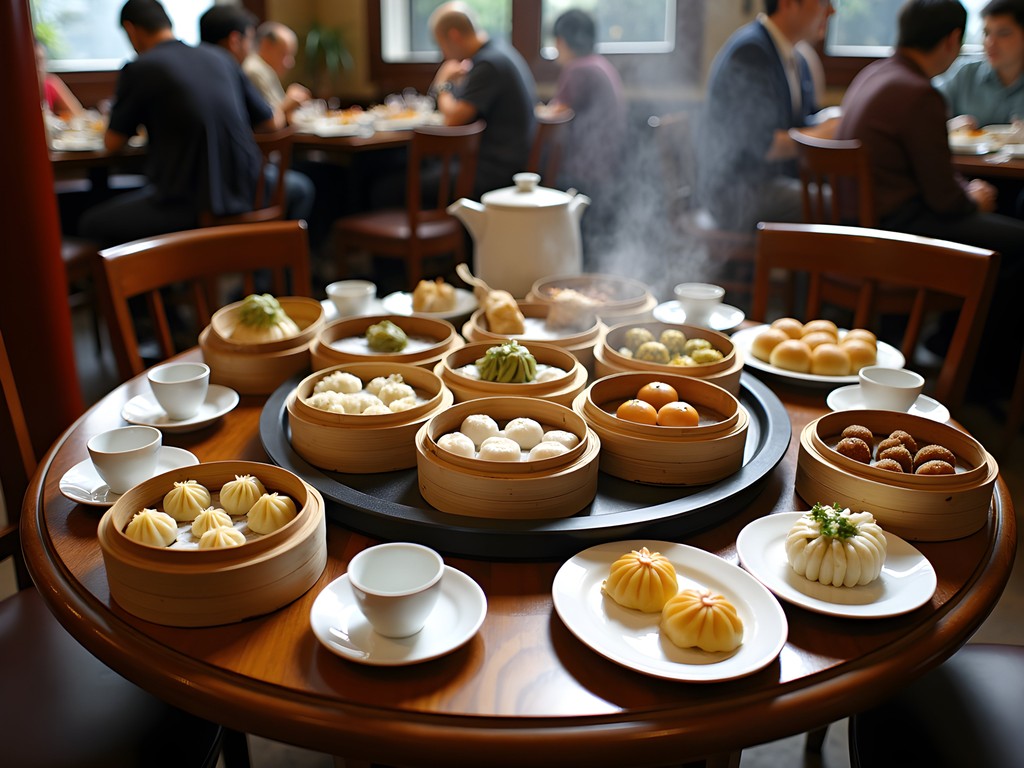
💡 Pro Tips
- Go early (before 11am) to avoid the longest lines at popular dim sum spots
- Always order har gow (shrimp dumplings) to test a restaurant's skill—the wrapper should be thin and translucent
- When someone pours tea for you, tap two fingers on the table as a silent 'thank you'
The Cha Chaan Teng Experience: Hong Kong's Unique Fusion Cafés
Between client meetings and sightseeing, I discovered my perfect lunch spots: Hong Kong's cha chaan tengs (tea restaurants). These retro diners serve a fascinating fusion of Chinese and Western comfort foods—a culinary reflection of Hong Kong's colonial history.
At Australian Dairy Company in Jordan, I joined the queue of office workers for their legendary scrambled eggs and toast, paired with Hong Kong-style milk tea. The service is famously brusque, the seating cramped, and the turnover lightning-fast—but the silky eggs are worth every second of the wait.
For a quintessential cha chaan teng dish, try pineapple buns with a thick slab of cold butter (bo lo bao) at Kam Wah Café in Mong Kok. These sweet buns have a crackly top resembling a pineapple pattern, though they contain no actual pineapple. Pair it with a hot travel mug of milk tea to go, and you've got the perfect afternoon pick-me-up between meetings.
Don't miss the quirky menu translations that are part of the cha chaan teng charm—from 'French toast' (which bears little resemblance to its Western namesake) to 'Swiss sauce chicken wings' (which have nothing to do with Switzerland). É uma delícia—it's delicious cultural confusion!
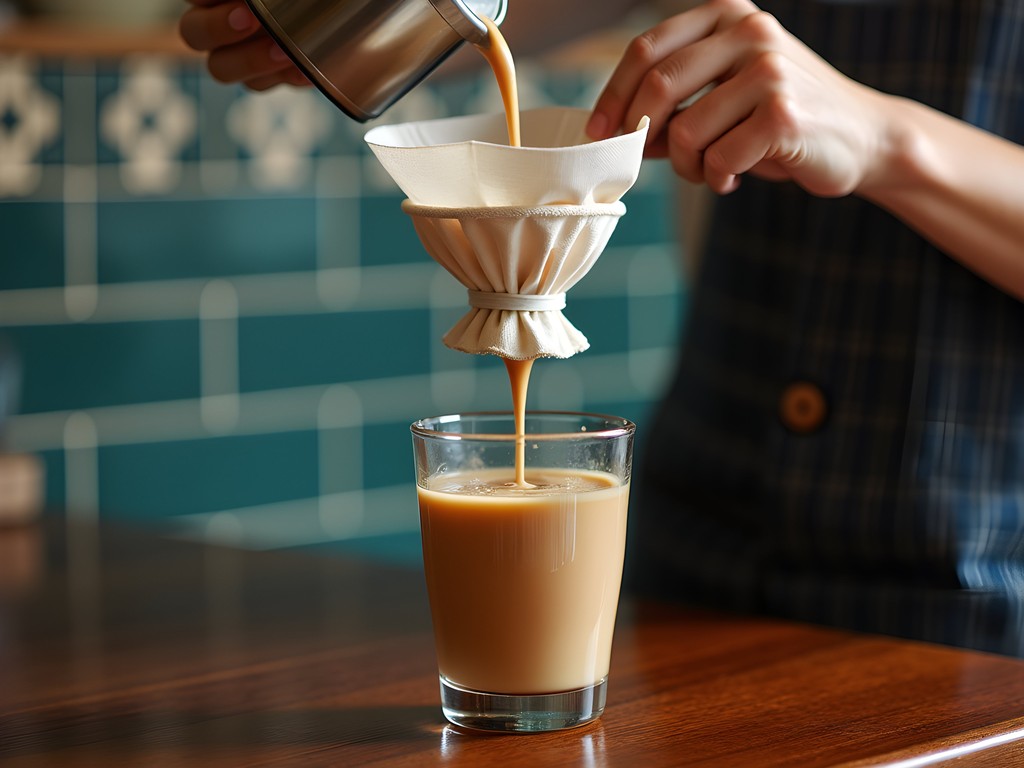
💡 Pro Tips
- Order the signature dish at each cha chaan teng—scrambled eggs at Australian Dairy Company, French toast at Capital Café, etc.
- Be prepared for shared tables and quick service—these places are designed for efficiency
- Try yuanyang, a coffee-tea hybrid drink that perfectly symbolizes Hong Kong's east-meets-west culture
Temple Street Night Market: After-Hours Food Adventure
When the workday ends in Hong Kong, the real culinary adventures begin. Temple Street Night Market in Kowloon comes alive after dark, transforming into a sensory playground of sizzling woks, aromatic spices, and boisterous conversation.
On my third evening, after a particularly successful client meeting, I treated myself to a self-guided food tour through the market. The makeshift seafood restaurants that line the street offer an experience you won't find in any business district. Simply point to the live seafood you want—I chose mantis shrimp and razor clams—and watch as they're prepared on the spot.
For the adventurous eater, stinky tofu stands emit their distinctive aroma throughout the market. I'll admit, as someone who grew up with Brazil's pungent cheese bread, even I found the smell challenging—but the flavor was surprisingly mild and addictive.
The market is also perfect for souvenir hunting. I picked up a travel chopstick set for my daughter who loves practicing with them at home. These portable utensils have become my essential travel companion for street food adventures across Asia.
As you navigate the market, be prepared to haggle—it's expected for goods, though food prices are generally fixed. Keep small bills handy and watch your belongings in the crowd. Most importantly, come hungry and with an open mind!

💡 Pro Tips
- Eat at seafood dai pai dongs where you can select live seafood from tanks for ultimate freshness
- Bring wet wipes or hand sanitizer as eating conditions are casual
- Visit after 7pm when the market is fully operational and buzzing with energy
Affordable Michelin Experiences: Star-Quality Food on a Budget
Hong Kong has one of the world's highest concentrations of Michelin-starred restaurants, but here's a business traveler's secret: you don't need an expense account to experience this culinary excellence.
Beyond Tim Ho Wan, Hong Kong offers several budget-friendly Michelin experiences. Yat Lok in Central serves roast goose that will haunt your dreams—crispy skin, tender meat, and a perfect ratio of fat to lean. At around $10 USD for a plate of goose and rice, it's an incredible value for Michelin-recognized food.
Mak's Noodle specializes in wonton noodle soup with a clear, umami-rich broth and plump shrimp dumplings. The portions are small by American standards but perfect for sampling multiple dishes without overspending.
For a sweet finish, Kai Kai Dessert serves traditional Chinese desserts like mango pomelo sago and black sesame soup. Their red bean soup with lotus seeds saved me during a bout of homesickness—something about warm, sweet comfort food transcends cultural boundaries.
Before my trip, I downloaded the OpenRice app (Hong Kong's version of Yelp) to find these hidden gems. The app's English interface made navigating Hong Kong's complex food scene much easier, especially when searching for specific dishes or dietary requirements.
Não se preocupe—don't worry about formality at these places. Despite their Michelin status, most maintain a casual atmosphere where the focus is squarely on the food, not the frills.
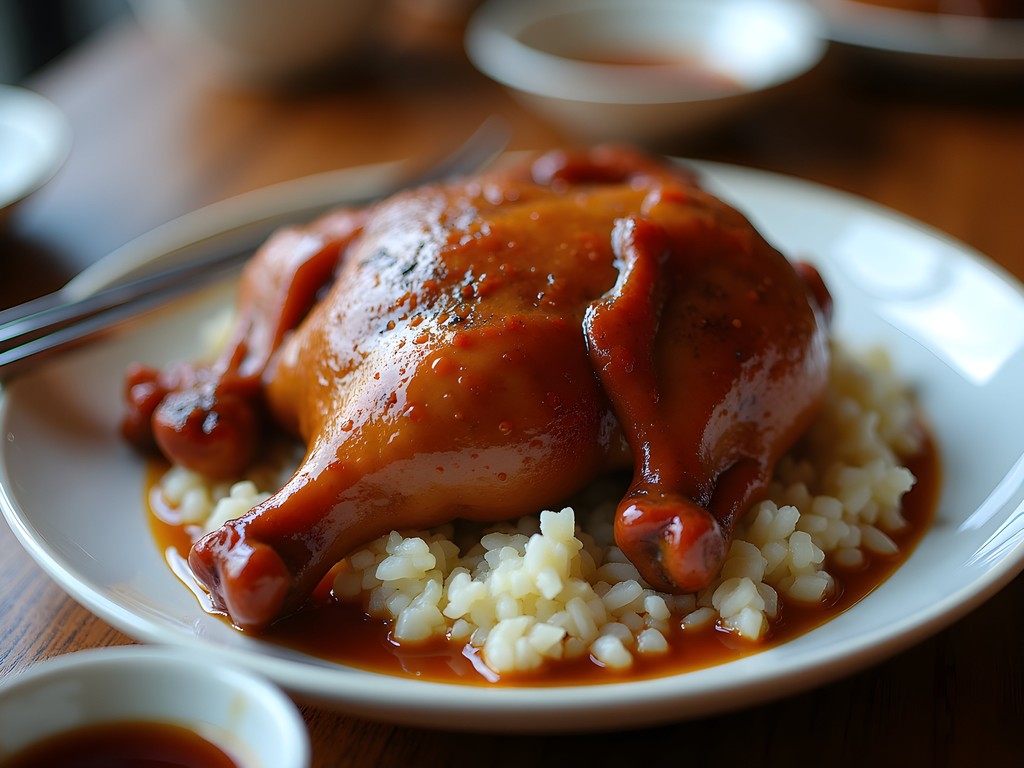
💡 Pro Tips
- Visit Michelin-recognized spots during off-peak hours (2-5pm) to avoid the longest lines
- Order signature dishes that earned the restaurant its recognition
- Take photos of restaurant names in Chinese characters to show taxi drivers if you're having trouble finding a location
Final Thoughts
Hong Kong's food scene perfectly mirrors its business culture—efficient, diverse, and unapologetically focused on results. In just one week, I experienced everything from humble street carts to Michelin-starred excellence without once breaking my modest per diem. The beauty of eating in Hong Kong is that price rarely correlates with quality—some of my most memorable bites cost less than $5.
As someone who navigates between cultures professionally, I found Hong Kong's food scene to be the perfect metaphor for successful business travel: respect traditions, embrace local customs, and don't be afraid to point at what looks good even when you can't pronounce its name.
Next time your company sends you to Hong Kong, extend your stay by a few days if possible. The connections you'll make over clay pot rice or late-night noodles will be just as valuable as any boardroom meeting. Bom apetite and safe travels, friends!
✨ Key Takeaways
- Hong Kong offers incredible food value across all price points, from street stalls to Michelin stars
- Shared meals create deeper connections with colleagues and clients than formal meetings
- Learning a few basic Cantonese phrases and food terms enhances your culinary adventure
- The most authentic food experiences happen outside hotel and business districts
📋 Practical Information
Best Time to Visit
October to December (fall)
Budget Estimate
$30-50 USD per day for food
Recommended Duration
5-7 days
Difficulty Level
Beginner

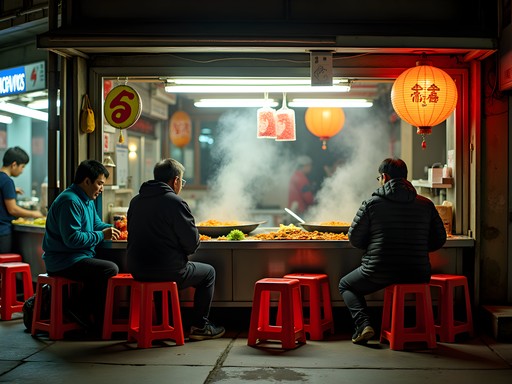
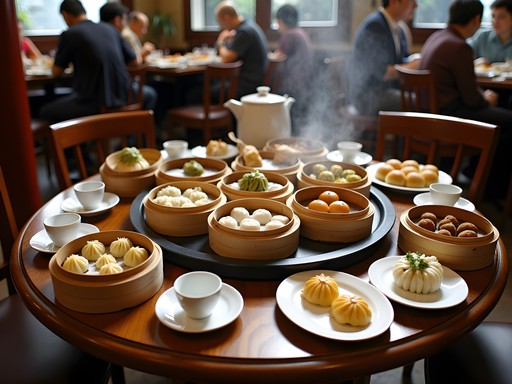

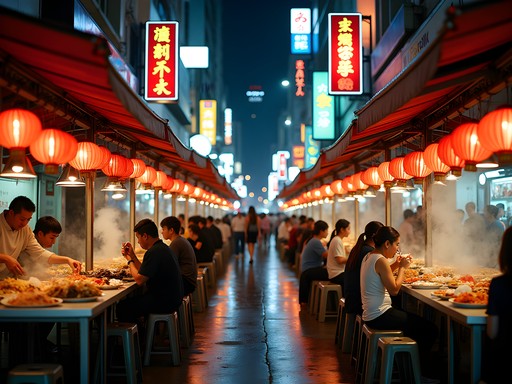
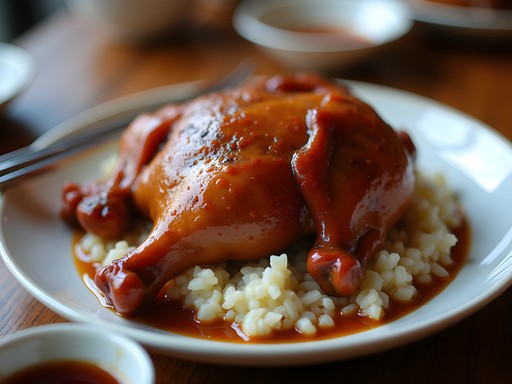


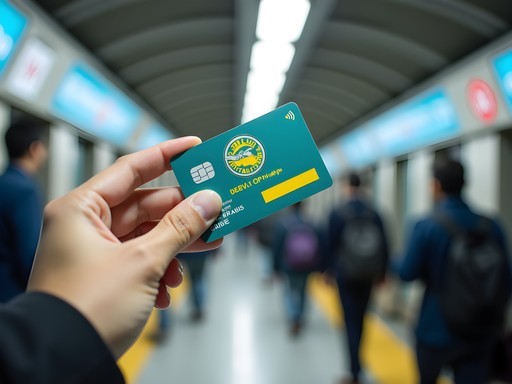
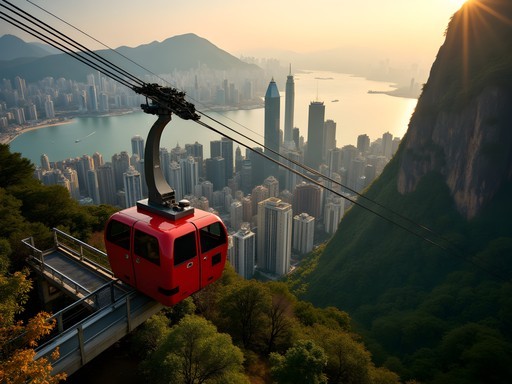

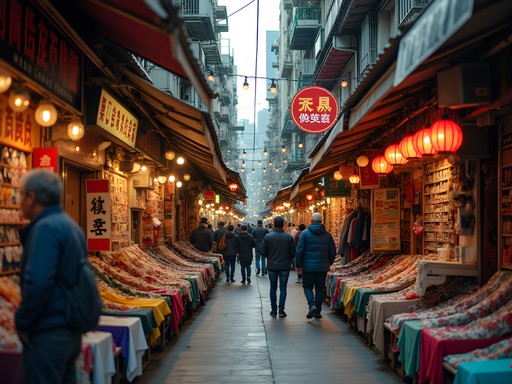
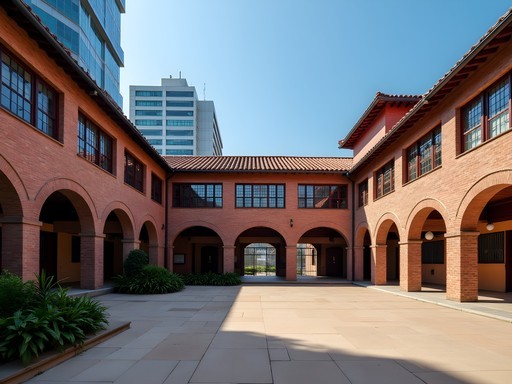

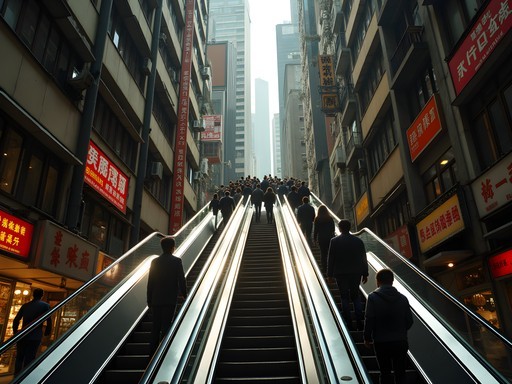
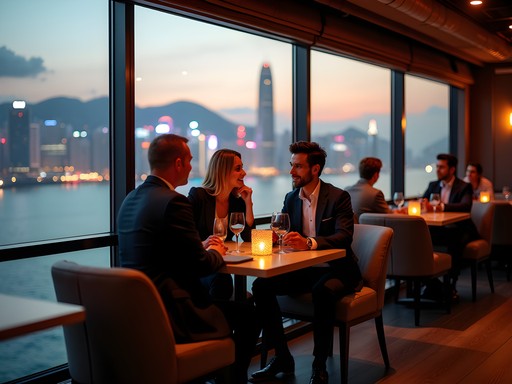
Comments
escapelegend
We just got back from Hong Kong and tried that same cha chaan teng you mentioned! The pineapple bun with butter was life-changing. Did you try the Hong Kong-style milk tea? My wife couldn't get enough of it.
Ahmed Turner
Yes! The milk tea was my daily fuel during the conference. So much better than hotel coffee!
nomadqueen
Any recommendations for vegetarian options at the Temple Street Night Market?
Ahmed Turner
I spotted several stalls with vegetarian options! Look for the Buddhist vegetarian stalls - they do amazing mock meat dishes. Also, many places offer stir-fried vegetables and tofu dishes if you ask.
Taylor Moreau
Ahmed, your perspective on business dining in Hong Kong is spot on. I've found the same dynamic in my quarterly trips there. One tip for others: if you're hosting clients, Tim Ho Wan is impressive without breaking the bank - Michelin star dim sum at reasonable prices. Also worth noting that many dai pai dongs close earlier than you'd expect, so plan accordingly if you're coming straight from meetings. I always keep my pocket translator handy for those authentic spots where English menus aren't available.
summerfan
Those egg waffles look AMAZING!! 😍 Definitely on my must-try list!
explorefan
Great post! Did you find the language barrier an issue when ordering from those street food stalls? Going next month and a bit nervous about that!
Ahmed Turner
Thanks! Most vendors at popular spots speak enough English to get by. I found pointing at what others were eating worked well too. Many stalls have pictures or English menus now. Don't worry!
explorefan
That's a relief, thanks for the quick response!
AsianFusionFan
Just got back from HK and can confirm everything in this post! The cha chaan tengs were my favorite discovery - that HK milk tea with condensed milk is addictive. We found this amazing place called Australia Dairy Company (despite the name) that had the best scrambled eggs and toast I've ever eaten. The line was worth it! Also recommend the pork chop rice at For Kee in Sheung Wan if anyone's heading there soon.
dim_sum_devotee
Australia Dairy Company is legendary! Did you try their steamed milk pudding?
AsianFusionFan
Yes! So silky smooth. Worth the grumpy service lol
foodie_wanderer
Those egg tarts in your Temple Street photo look AMAZING! 🤤
travelbugg
Going to HK next month! How's the language barrier at these street food places? My Cantonese is nonexistent 😅
Douglas Bradley
Most places in touristy areas have English menus or pictures you can point to. For more local spots, I found having Google Translate ready on my phone was invaluable. Many younger Hong Kongers speak some English too!
travelbugg
That's a relief! Thanks for the tip!
Douglas Bradley
Ahmed, your analysis of Hong Kong's culinary landscape perfectly captures the city's gastronomic duality. Having spent three months documenting the evolution of dai pai dongs last year, I found your observations particularly astute. The connection you drew between business culture and food efficiency is spot-on. One suggestion for readers: venture beyond the main island to Sham Shui Po for even more authentic street food experiences. The tofu pudding and cheong fun there are transcendent. I navigated the neighborhoods using this pocket guide which has excellent food maps organized by district. Question: Did you explore any of the wet markets during your visit? They offer fascinating insights into Hong Kong's food sourcing traditions.
Ahmed Turner
Thanks Douglas! I did briefly visit the wet market in Wan Chai - absolutely fascinating watching the vendors and locals negotiate. The live seafood selection was incredible. Sham Shui Po is definitely on my list for next time - I've heard amazing things about the food scene there!
hongkonger92
As a local, I approve this recommendation! Sham Shui Po is where we actually eat. Try the cart noodles at Block 18 Doggie's Noodle if you make it there.
roamking
Those dai pai dongs are the real deal! Hit Temple Street twice during my trip last spring and still dream about the chili crab. Ahmed - did you try the pineapple buns at any cha chaan tengs? That crispy top with the butter inside... unreal. The contrast between street food and those Michelin spots is what makes HK so special. Got any recs for specific dim sum places that won't break the bank?
Ahmed Turner
Thanks @roamking! Yes, I practically lived on pineapple buns! For affordable dim sum, try Tim Ho Wan (the original Michelin-starred hole-in-the-wall) or Lin Heung Tea House for the authentic push-cart experience. Just be ready to be aggressive with the cart ladies or you'll miss out!
roamking
Perfect! Adding those to my list for next time. The cart ladies at dim sum are no joke - it's like a competitive sport!
Venture X
Premium card with 2X miles, $300 travel credit, Priority Pass